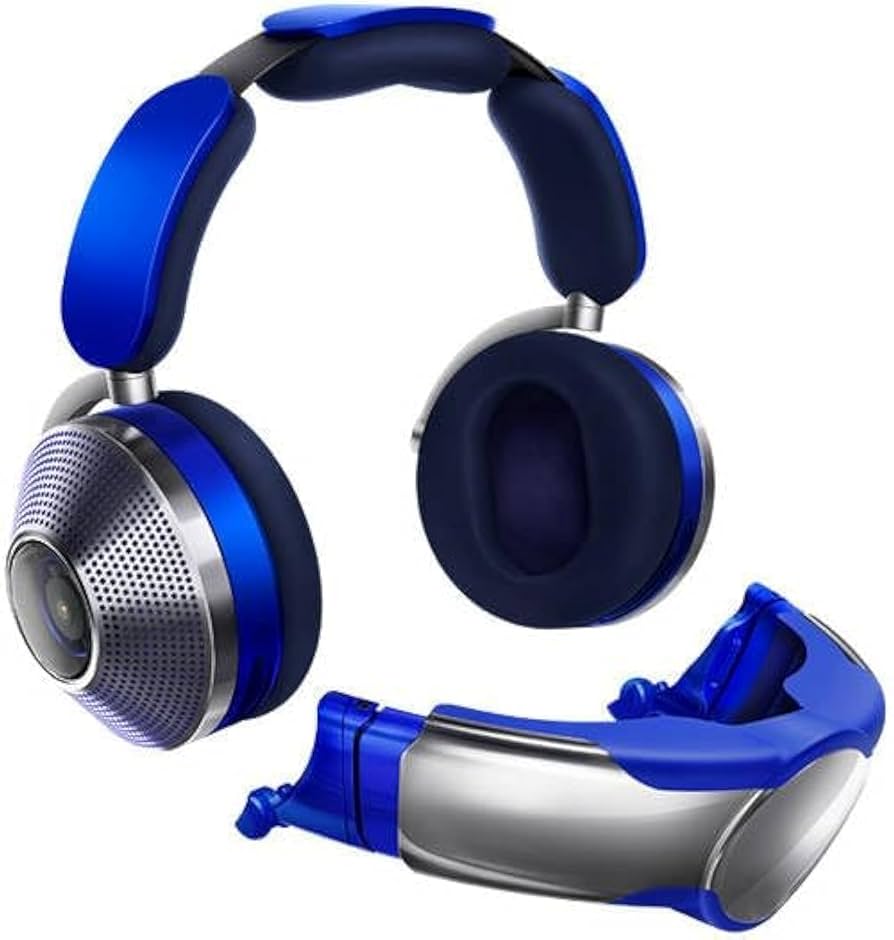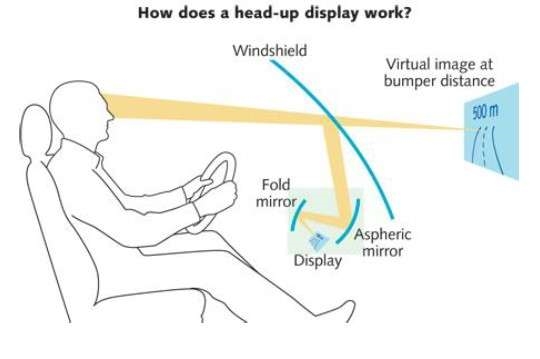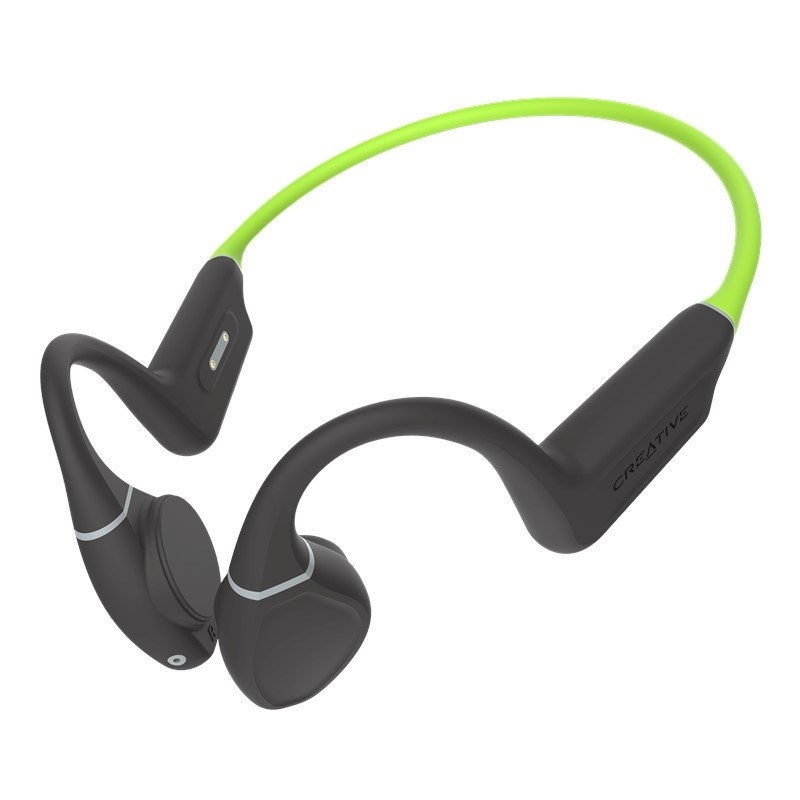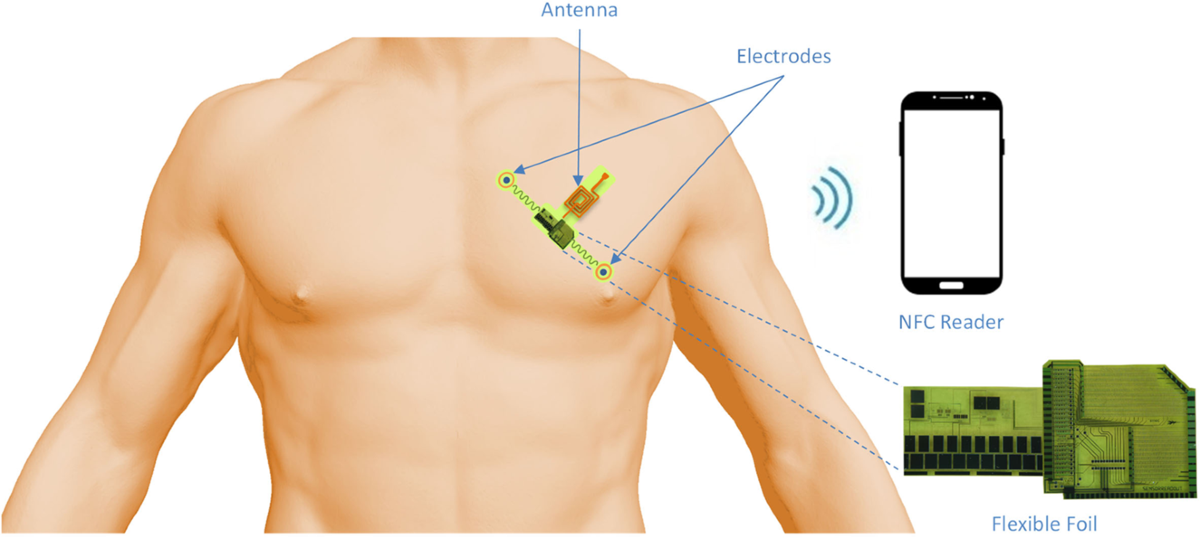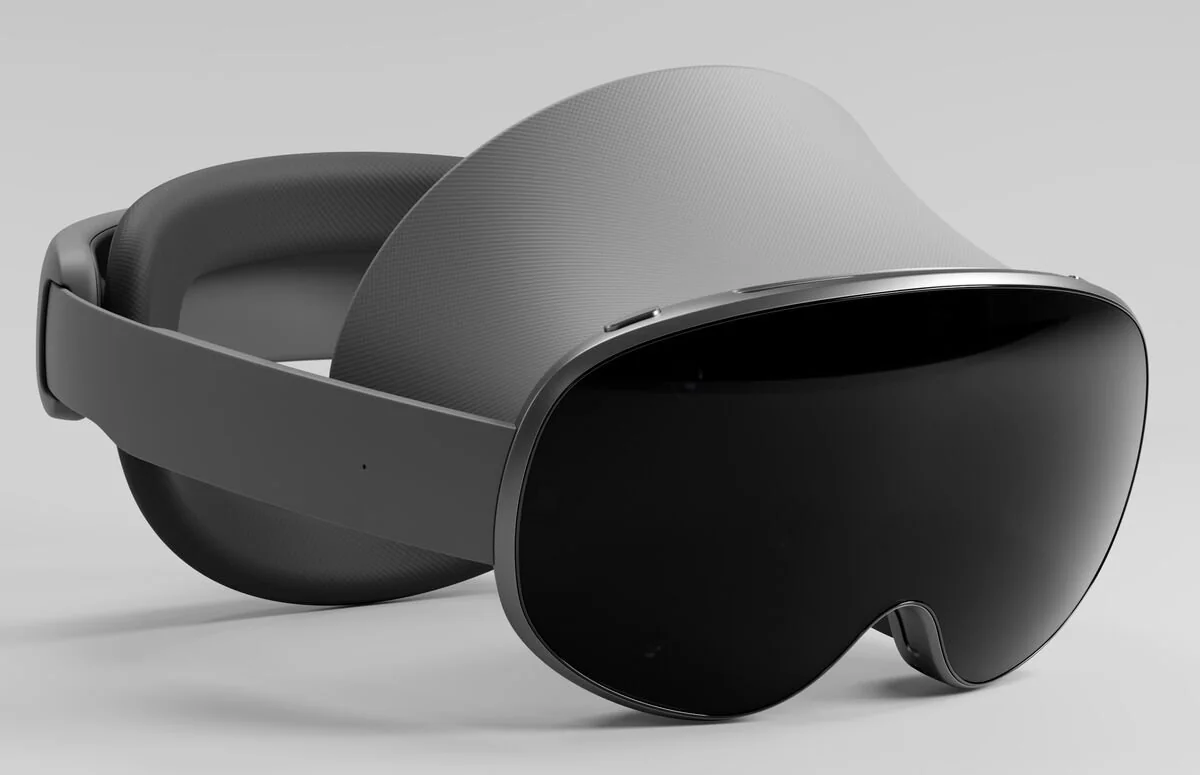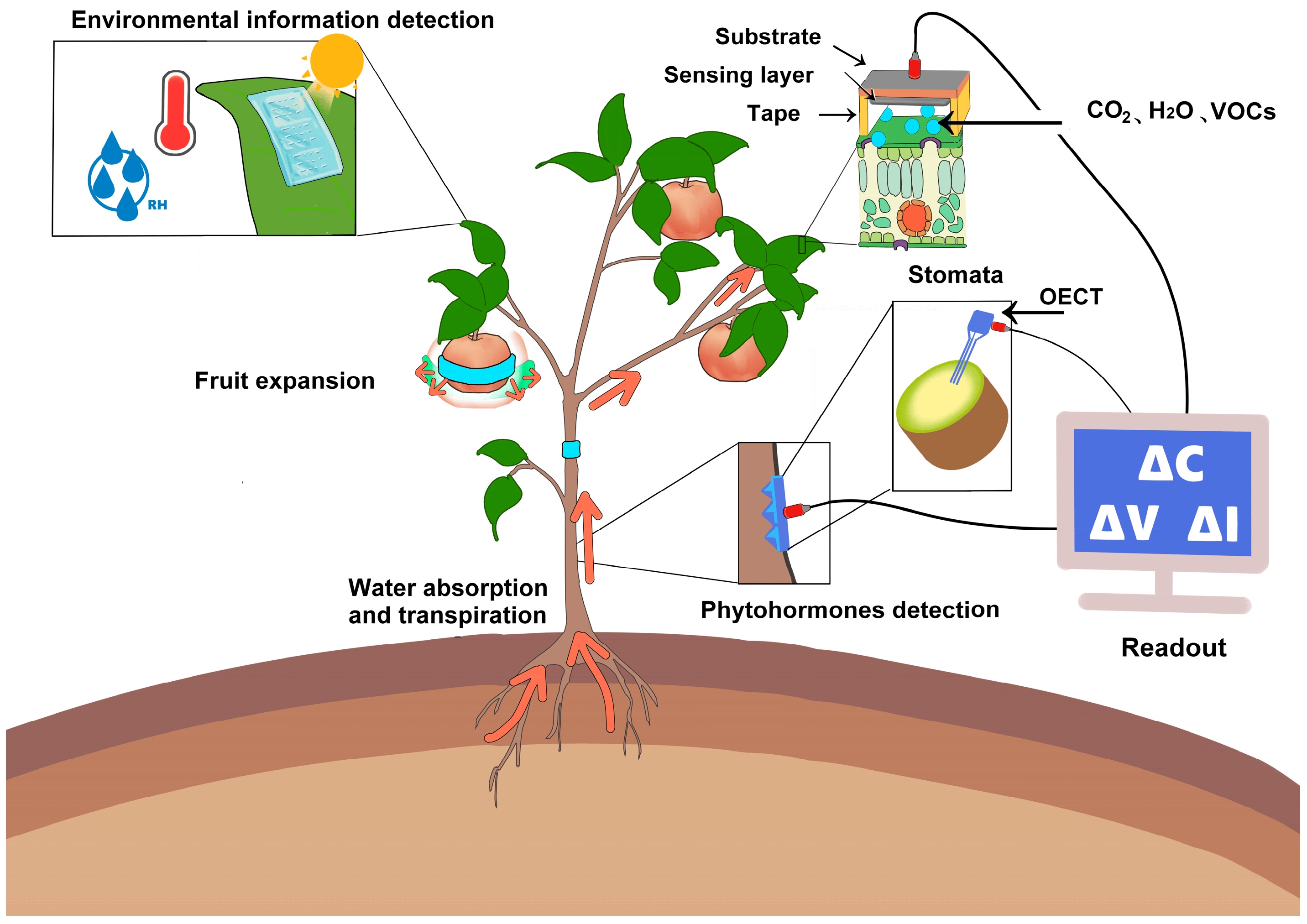Overview
Research shows that higher PM2.5 concentrations correlate with increased incidence of respiratory and cardiovascular diseases. PM2.5 mainly comes from routine power generation, industrial production, and vehicle exhaust. IQAir's 2022 World Air Quality Report shows that only six of 131 countries met the WHO PM2.5 guideline, meaning about 90% of countries experience harmful air pollution. Various air-purification products exist on the market. Dyson's wearable air-purifying headphones combine a mask and over-ear headphones in a single product, using a circular earcup design for fit and comfort.
Product summary
This teardown covers the Dyson Zone air-purifying headphones. The device uses professional-level active noise cancellation (ANC) and a 40 mm neodymium speaker driver, with total harmonic distortion as low as 0.08% (@1 kHz). Its ANC system uses 11 microphones and a noise-cancellation processor to perform high-precision audio processing.
Operating principle
Air purification: The headphones incorporate Dyson's smallest motor to date with a 9-blade mixed-flow impeller. The motor spins at 9,750 rpm and can output 135 L/min of clean air. Air enters through intake ports beside the earcups, passes through dual filters, and is delivered via a contactless mask to the user's mouth and nose, providing purified air for breathing.
Main components preview:
- BES2300 dual-mode high-speed SoC (BES2300)
- NXP microcontroller LPC5528
- Texas Instruments three-phase sensorless sinusoidal motor driver DRV10975
- TI single-chip lithium battery charger BQ25611d
- RUNSHI analog IC RS2254
Teardown: How are ANC and air purification combined?
All external screws were removed and the housing opened. Motor phase wires connect to the control board and were disconnected, and the speaker terminals were unplugged. The headphones use ANC with 11 microphones and passive isolation from the earcups to achieve up to 40 dB noise reduction, monitoring ambient noise at 384,000 samples per second. For high-fidelity audio, the product includes a 40 mm neodymium driver and smart audio processing to preserve musical detail.
The earcup is ergonomically shaped to conform to the ears for comfort and to provide passive noise isolation. The earcup assembly includes dual-stage filtration: an electrostatic filter for varied climates and a potassium-rich carbon filter to remove urban smoke, harmful gases, secondhand smoke, and odors.
At the interface between the mask and headphones, the unit houses the small mixed-flow motor described above. To mitigate motor-generated noise, Dyson mounts the motor on a lightweight subframe to suspend it and reduce vibration transmission. When ANC is on but no music is playing, some motor hum is audible; playing music largely masks that noise.
Control board
The control board contains the primary processors for combining ANC and air purification functions.
Component 1: BES2300
The BES2300 is a dual-mode AIoT SoC providing an integrated adaptive ANC solution. It supports LBRT low-latency routing, Bluetooth 5.0 dual-mode, third-generation FWS true wireless stereo, and dual microphones. Implemented in 28 nm HKMG CMOS, it achieves low power consumption (less than 5 mA in music mode). It supports external sensors such as heart-rate and accelerometers and can interface with eMMC for external storage playback.
Component 2: LPC5528
The LPC5528 from NXP is an ARM Cortex-M33 microcontroller fabricated on a 40 nm process, running up to 150 MHz. It includes 512 KB flash and 256 KB RAM and provides multiple peripherals and interfaces such as USB, SPI, I2C, UART, timers, PWM outputs, ADC, and DAC, suitable for embedded control tasks.
Component 3: DRV10975
The DRV10975 from Texas Instruments is a three-phase sensorless sinusoidal motor driver with integrated MOSFETs and a maximum operating current of 1.5 A. It supports various motor types including PMSM, BLDC, and fan motors, and includes protection features such as overcurrent, overtemperature, and voltage protection to safeguard the motor and IC.
Component 4: RS2254
The RS2254 is a CMOS analog IC configured as a four-channel single-pole single-throw (SPST) switch, used for analog or digital signal routing and multiplexing.
Component 5: BQ25611d
The BQ25611d is a highly integrated 3 A switch-mode battery charging and system power-path management IC. It supports fast charging and high input voltage applications and optimizes low-impedance power-path switching for improved charging efficiency and extended battery runtime during discharge.
Chip comparison highlights
Soft start: The FT8215Q includes a soft start/shutdown function that ramps motor current up on start commands and ramps it down on stop commands, smoothing transitions and reducing noise caused by sudden current changes.
Operation and stop: Both chips support normal motor control and protection mechanisms; specific waveform and parameter comparisons depend on the application and tuning.
Teardown conclusion
The teardown shows that the Dyson Zone uses TI's DRV10975 as its motor driver, which provides sensorless sinusoidal control and multiple protection features.
 ALLPCB
ALLPCB


